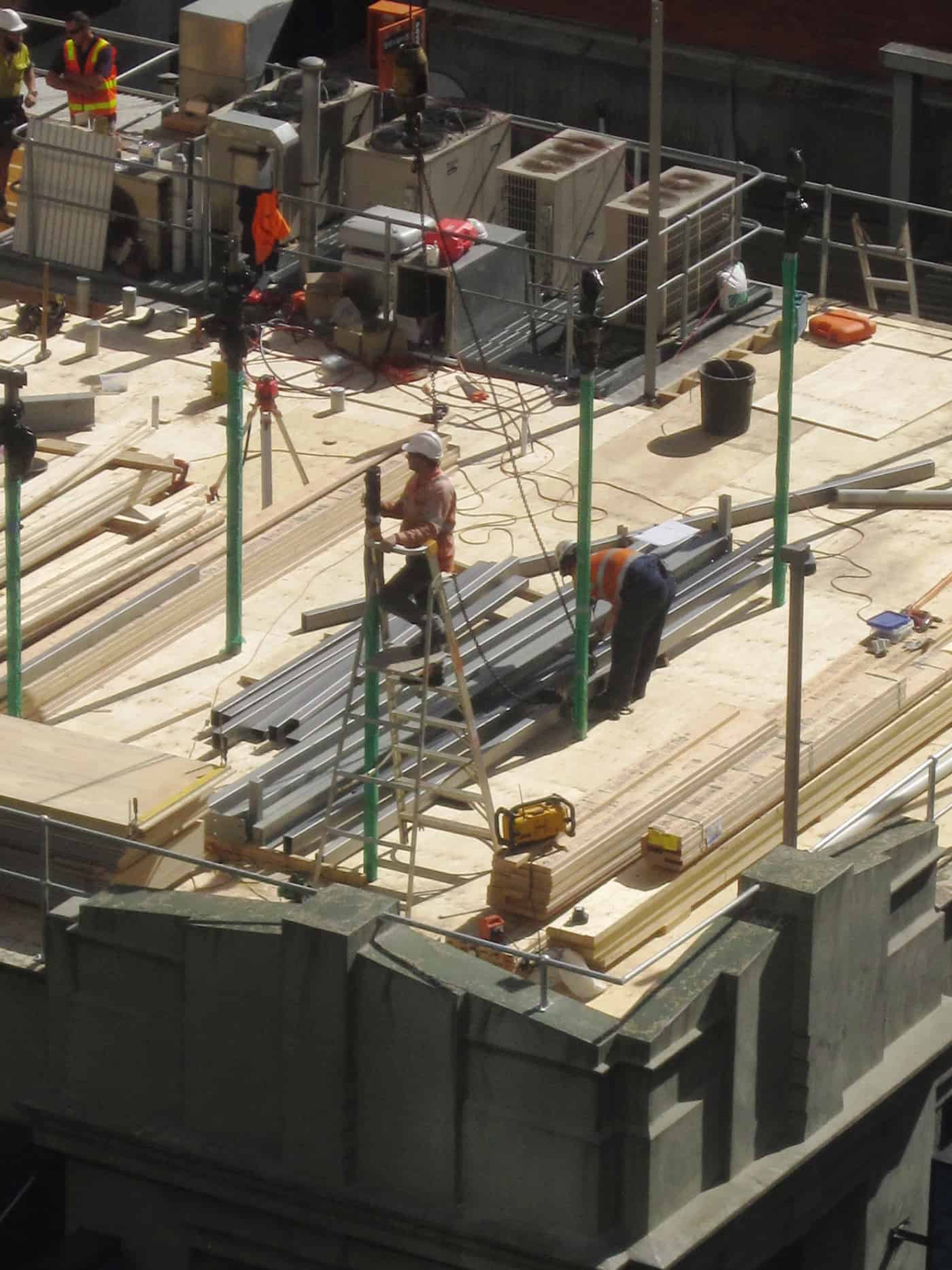Today WorkSafe Victoria launches a new return-to-work campaign which will use Paralympian Jack Swift as the “face” of the campaign. The campaign is sure to be successful but the increasing focus of safety regulators on return-to-work (RTW) may illustrate a growing trend where rehabilitation policy strategies are gaining priority over injury prevention. Yet innovative approaches to injury prevention provide the greatest potential for personal, economic and social savings.
In 2001 WorkCover NSW began its Paralympian Sponsorship Program, a program that continues. The advantage of the New South Wales program is that it features a range of incident scenarios and, most importantly, the paralympians speak about “workplace safety, injury prevention and management and their personal road to recovery, return to work.” (emphasis added) This broad, multi-category approach seems to be missing from the new Victorian campaign. Continue reading “New campaign indicates old-school thinking”





 In 2012, the Victorian Government introduced a
In 2012, the Victorian Government introduced a 